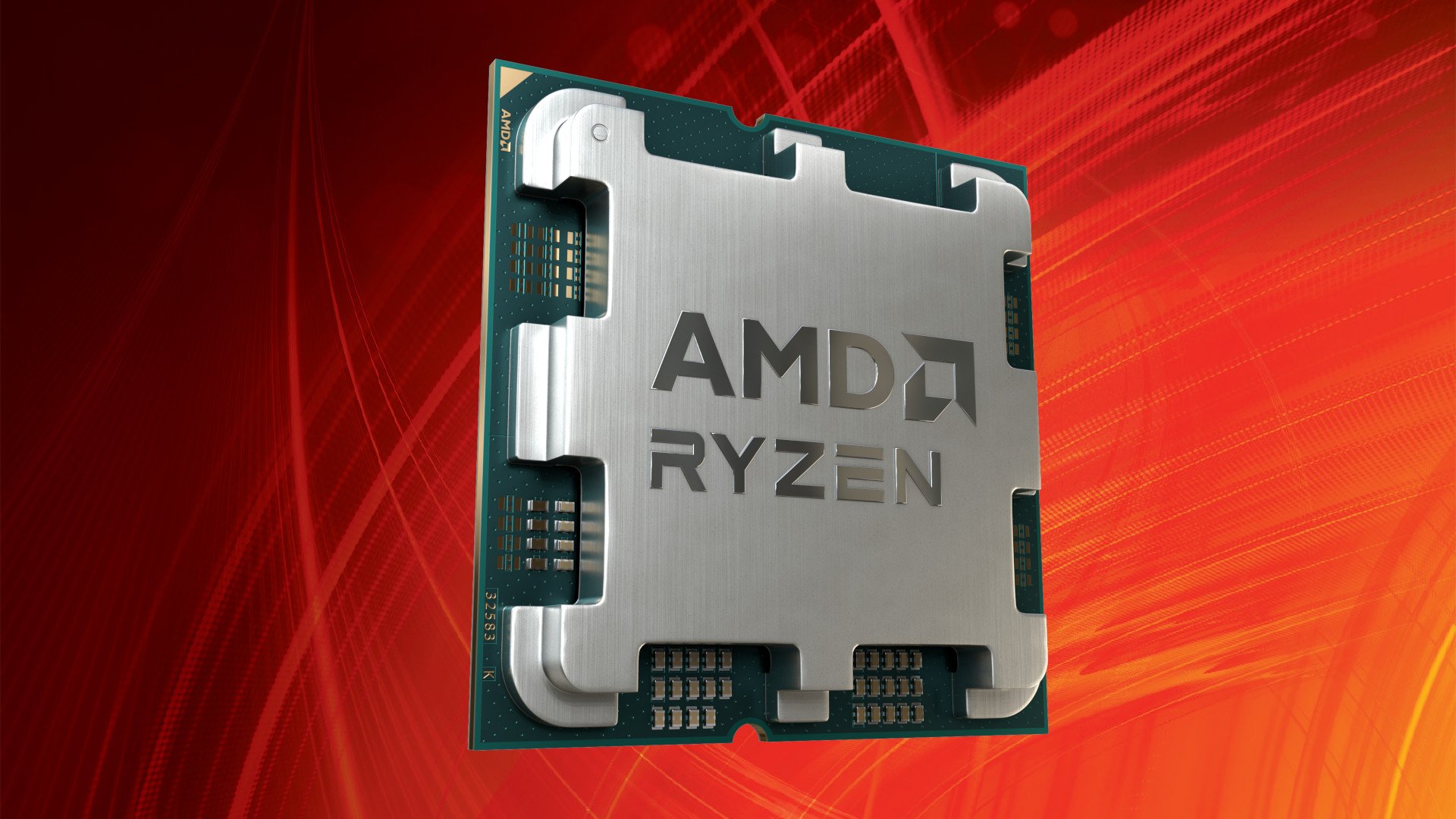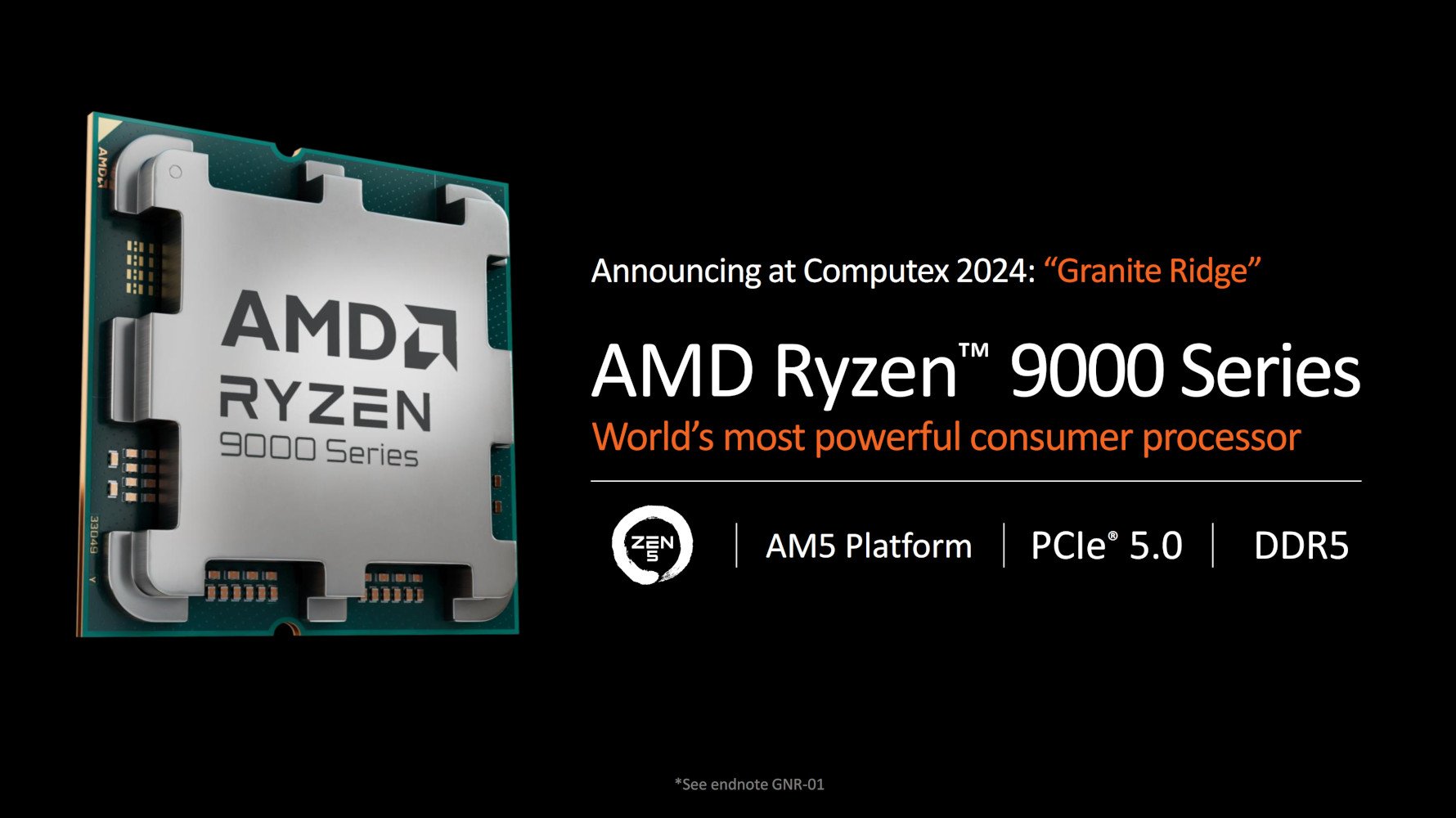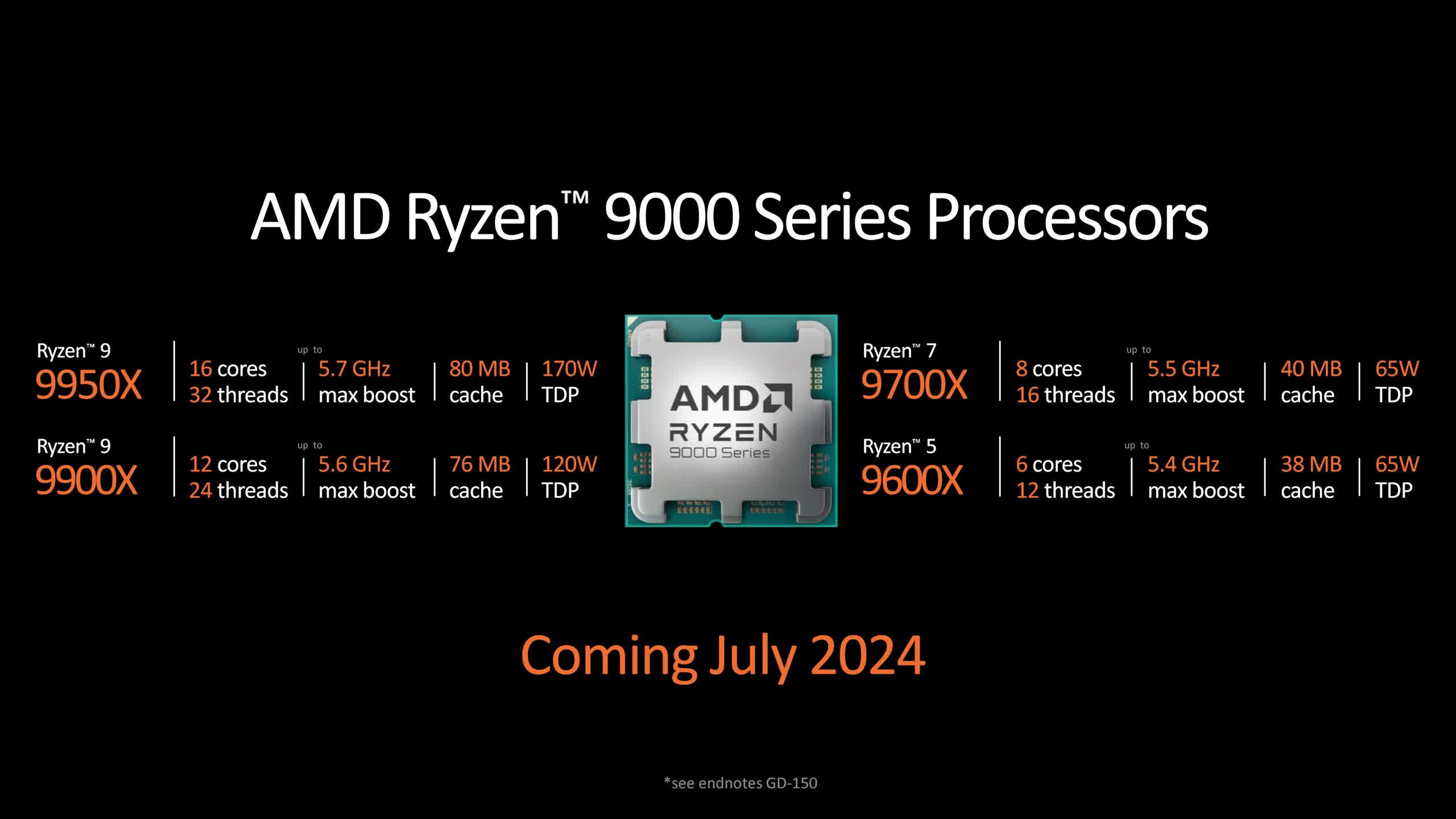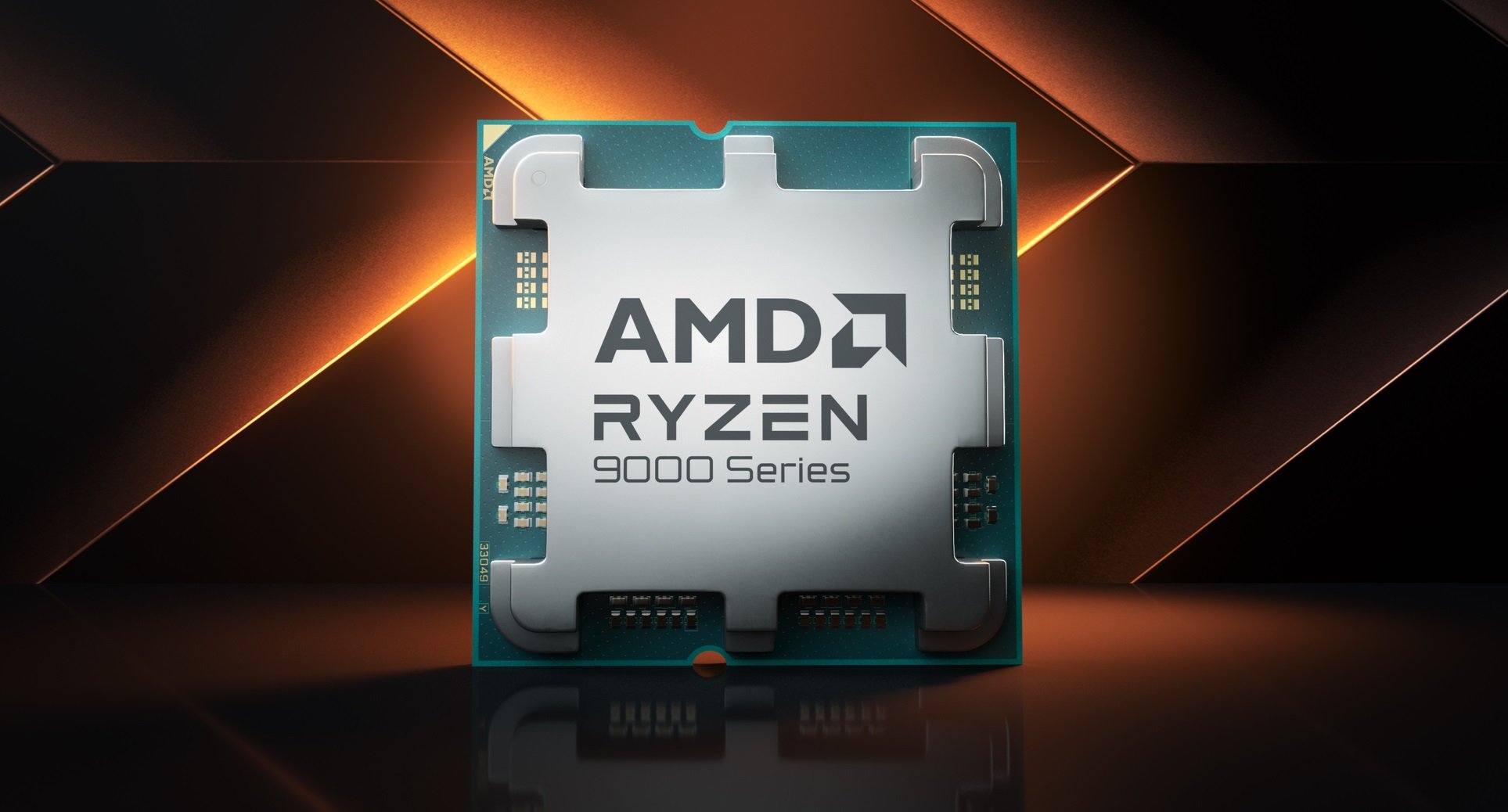After the long and successful reign of Zen 4, AMD is back to redefine desktop performance with its Ryzen 9000 series. This isn’t just an incremental update; it’s a fundamental architectural shift promising to raise the bar for both gaming and productivity. The new Zen 5 architecture arrives at a pivotal moment, challenging the competition and setting a new standard for what we should expect from our PCs.
The heart of the Ryzen 9000 series is the new Zen 5 architecture, and its performance claims are ambitious. AMD touted an average 16% Instructions Per Clock (IPC) uplift over the previous generation, and in practice, this translates to a tangible and impressive boost across the board. In productivity workloads like video rendering, code compilation, and 3D modeling, the flagship Ryzen 9 9950X is a multi-threaded monster, chewing through tasks with remarkable speed. For gamers, the story is more nuanced. The improved single-core performance certainly elevates frame rates, making these CPUs formidable contenders for high-refresh-rate gaming. However, they launch without the 3D V-Cache technology that made their X3D predecessors legendary, leaving a noticeable gap for dedicated gaming enthusiasts who prioritize that last ounce of performance.

Architecturally, AMD continues its refined chiplet design, pairing new Zen 5 Core Complex Dies (CCDs) with the same I/O die from the Ryzen 7000 series. This is a brilliant strategic move. By retaining the AM5 socket and platform, AMD offers a direct and painless upgrade path for existing users. Anyone on a Ryzen 7000 series system can simply update their motherboard’s BIOS and drop in a new CPU. This commitment to platform longevity is a significant advantage, reducing the total cost of upgrading and rewarding early adopters of the AM5 ecosystem. The platform itself remains feature-rich, with full support for PCIe 5.0 and DDR5 memory, ensuring it’s ready for the next generation of GPUs and storage.
The value proposition for the Ryzen 9000 series is compelling, albeit with a few caveats. The primary strength is its class-leading efficiency. These processors deliver their impressive performance without demanding excessive power or exotic cooling solutions, a stark contrast to some competitors. This translates to lower energy bills, quieter systems, and more thermal headroom for overclocking. While launch prices are at a premium, the ability to reuse an existing AM5 motherboard makes the overall platform cost highly competitive for upgraders. For new builders, the choice is tougher, as discounted last-generation CPUs and motherboards present tempting alternatives.
Ultimately, the Ryzen 9000 series is a powerful and confident step forward for AMD. It delivers a significant generational leap in performance, particularly in multi-threaded applications, all while maintaining exceptional power efficiency and consumer-friendly platform continuity. While hardcore gamers might be wise to wait for the inevitable X3D variants, the launch lineup is an outstanding choice for a wide range of users. These CPUs are best suited for content creators, professionals, and high-performance enthusiasts building a new PC or seeking a potent and efficient upgrade on the AM5 platform.

Where to Buy:
https://www.amazon.com/s?k=AMD+Ryzen+9000+Series+CPUs&tag=cp01a-20


AMD Ryzen 9000 Series CPUs Quick Summary
Key Scores:
-
Value:
85% -
Design:
93% -
Performance:
96% -
Quality:
92% -
Popularity:
94%
Top Pros
- ✅ Significant IPC uplift boosts both gaming and creative workloads.
- ✅ Existing AM5 platform support offers a simple upgrade path.
- ✅ Excellent power efficiency leads to cooler and quieter operation.
- …
Key Cons
- ❌ Launch lineup lacks a dedicated 3D V-Cache gaming champion.
- ❌ Integrated graphics remain basic and are not meant for gaming.
- ❌ Initial pricing may be steep against last-generation alternatives.

















